£100 to fill a car: Is now the time to ditch the car?
And how quickly could a new bike pay for itself if you did?
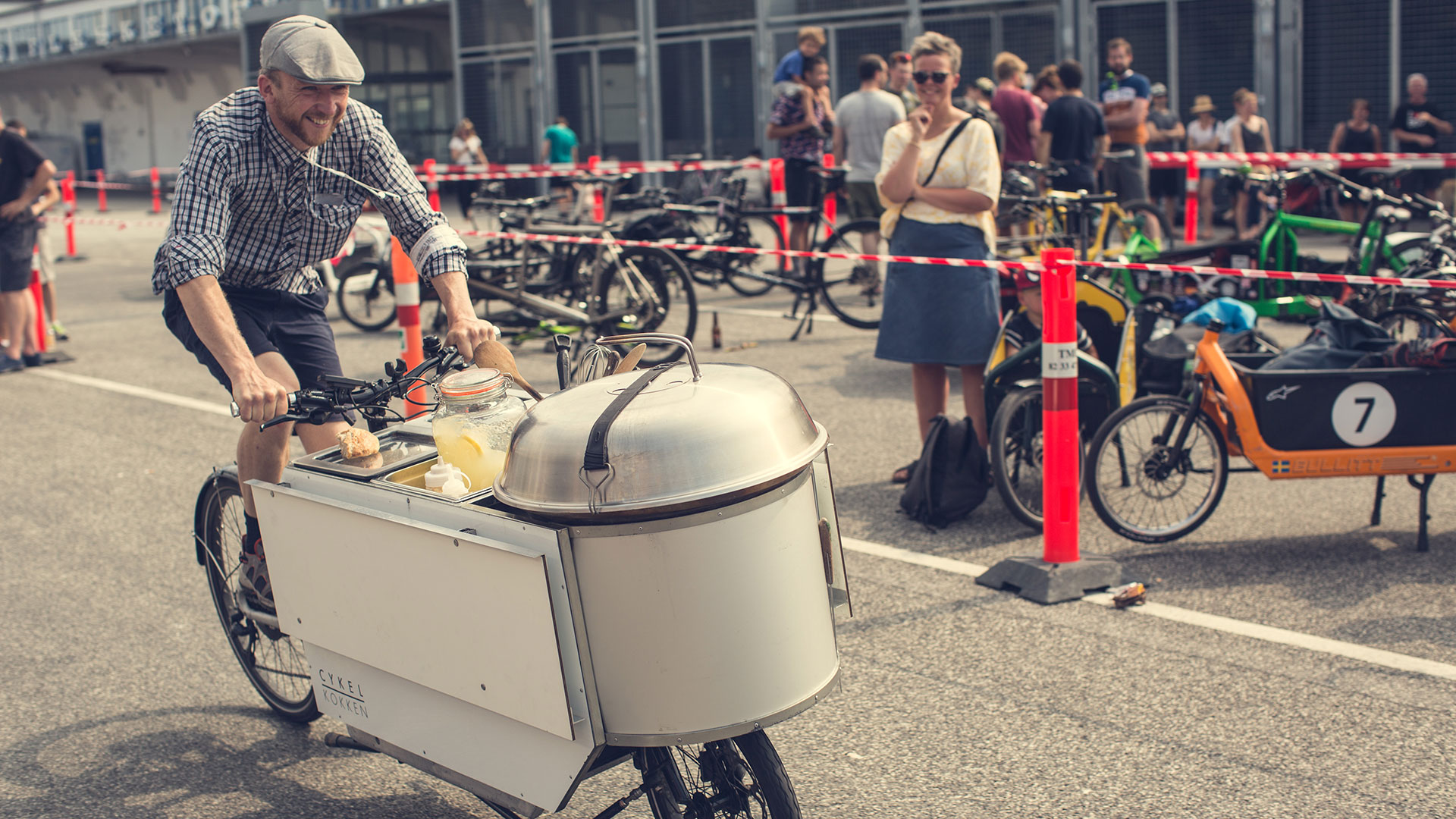
If you’ve been within earshot of the news or even glimpsed a headline on a newsstand lately, you’ll have been unable to avoid the phrase ‘cost of living crisis’. Things are getting more expensive, inflation is soaring, and fuel prices particularly seem to be rocketing thanks also to the ongoing conflict in Ukraine.
While for some of us, using a car is an unavoidable necessity thanks to the way national infrastructure has been designed, we were curious to see how many tanks of fuel you’d need to save in order to afford certain bikes.
This week in the UK, the price of filling up an average car with petrol hit £100.00 for the first time, so what could be an achievable aim if you want to ditch the car more in favour of a bike?
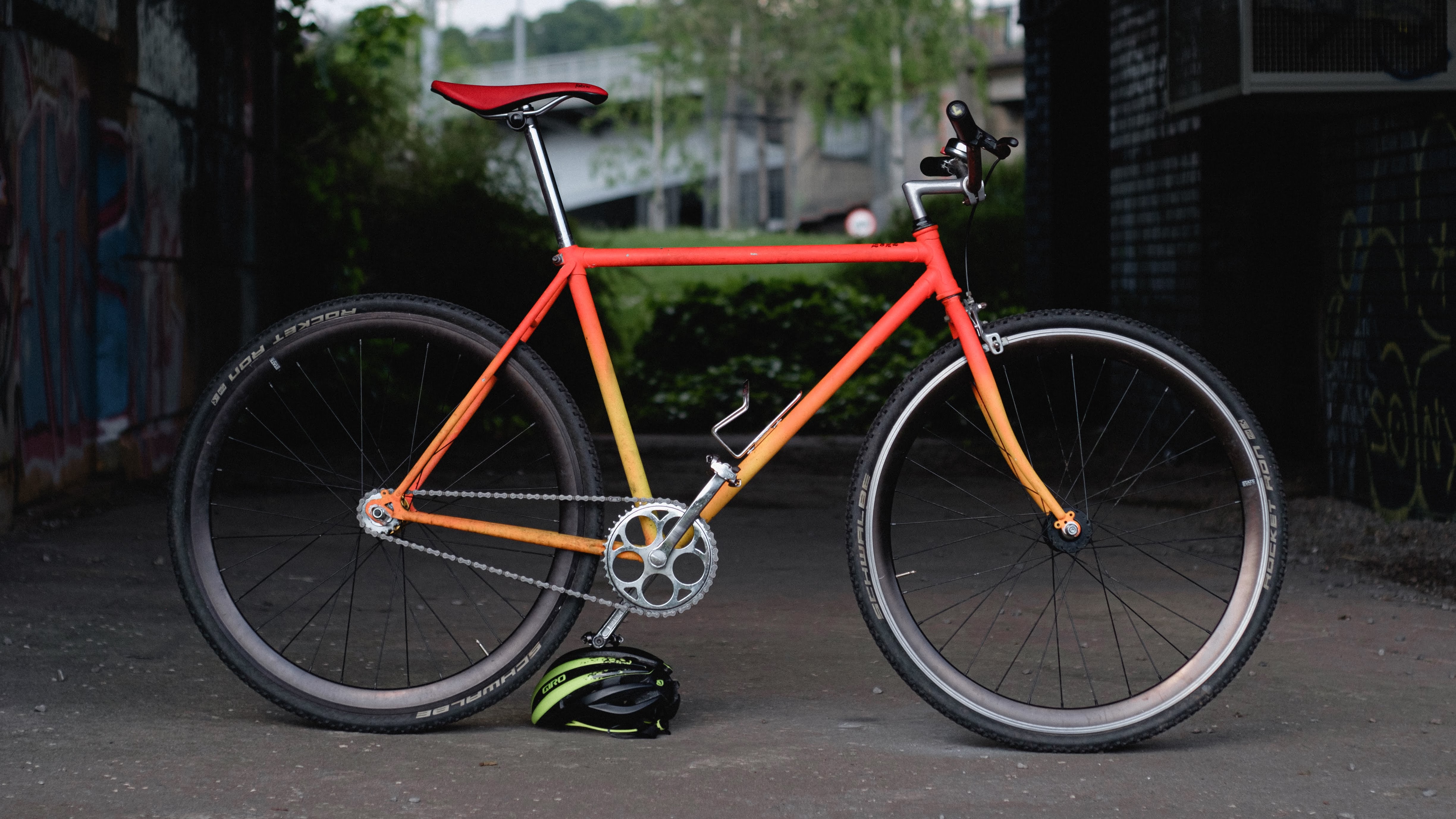
0 tanks of fuel
Have you already got a bike? Then this is clearly going to be the cheapest option if you want to start replacing your car miles immediately. Sure, that fancy road bike isn't ideal for commuting, but it will get you from A to B until you find something a little more utilitarian.
Maybe you’ve got an old MTB in the shed from the 90’s - that’s a start, and with a bit of TLC from a local bike shop you could easily get rolling for next to nothing. Maybe it’ll be clanky and a bit creaky, but every mile you ride it will be one less mile you have to fuel up your car, which will be money in your pocket.
More than just saving fuel, using the gear you already have is much more sustainable than buying something new, given how much energy it takes to make a bike at any price point.
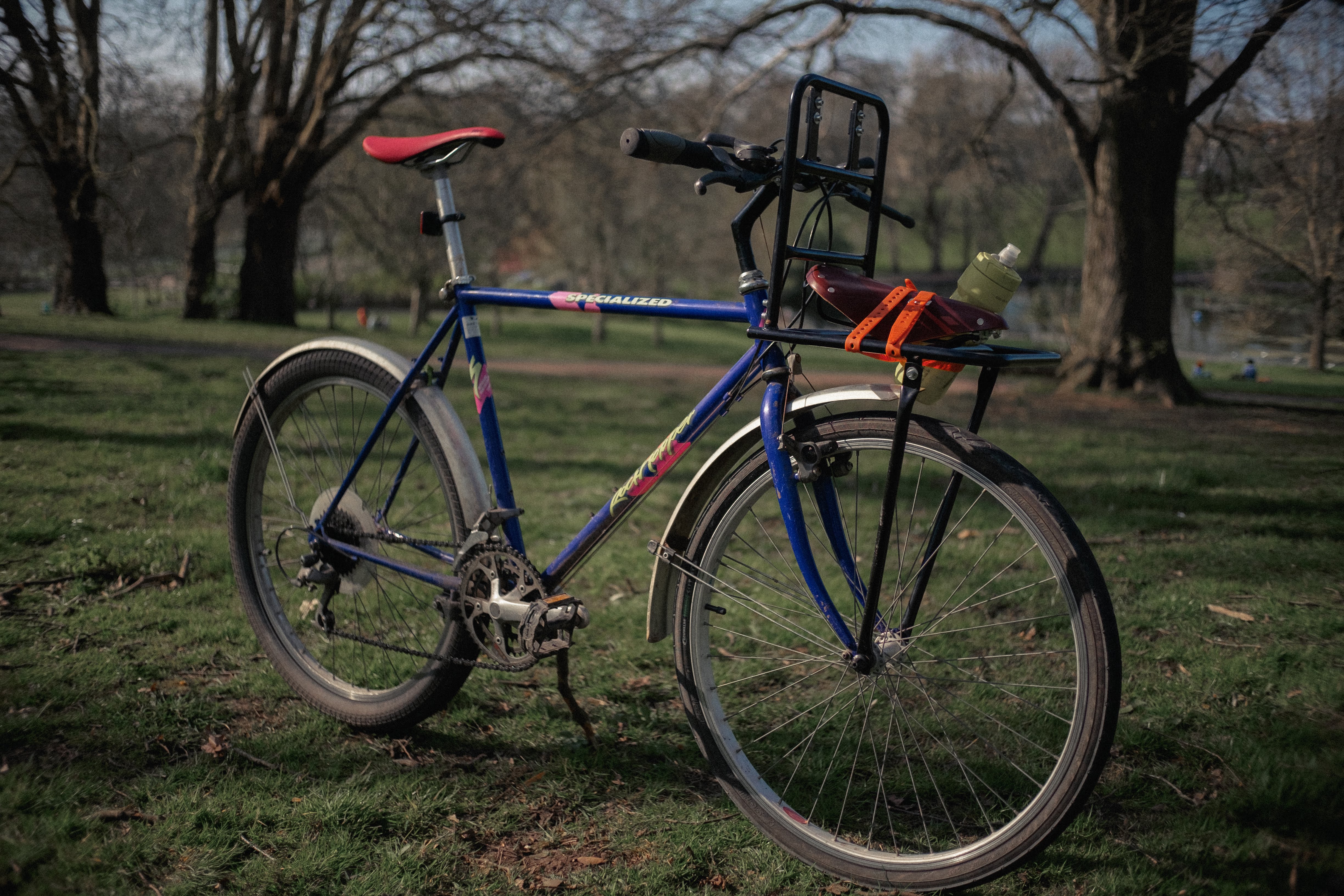
1 to 2 tanks of fuel
For between £100 and £200 you’re still at the very low end of budget bikes. You might be able to pick something up new, but in our opinion, you’d be better served by buying a used bike. Not only is this almost as sustainable as using the gear you already own, as it doesn't involve creating new items, but you’ll probably get a better bike than going new if you know what to look for. Fortunately for you, we’ve got a guide on how to buy a used bike to help you if you’re unsure.
Get The Leadout Newsletter
The latest race content, interviews, features, reviews and expert buying guides, direct to your inbox!
You may well need to put in a bit of TLC to get it roadworthy again, but for a budget of £200, you can easily pick up a bike and have enough change to cover any replacement parts to get you going.
Alternatively, your city may have a local bike shop that sells second-hand bikes that are already serviced, or bike charities like the Bristol Bike Project that specialise in providing usable bikes from donated frames and parts to people who need genuinely affordable transportation.
You can also currently grab the heavily reduced Vitus Dee DR, which features a hub gear for minimum maintenance, upright geometry and rigid forks combined with larger slick tyres for ease of use in an urban environment.
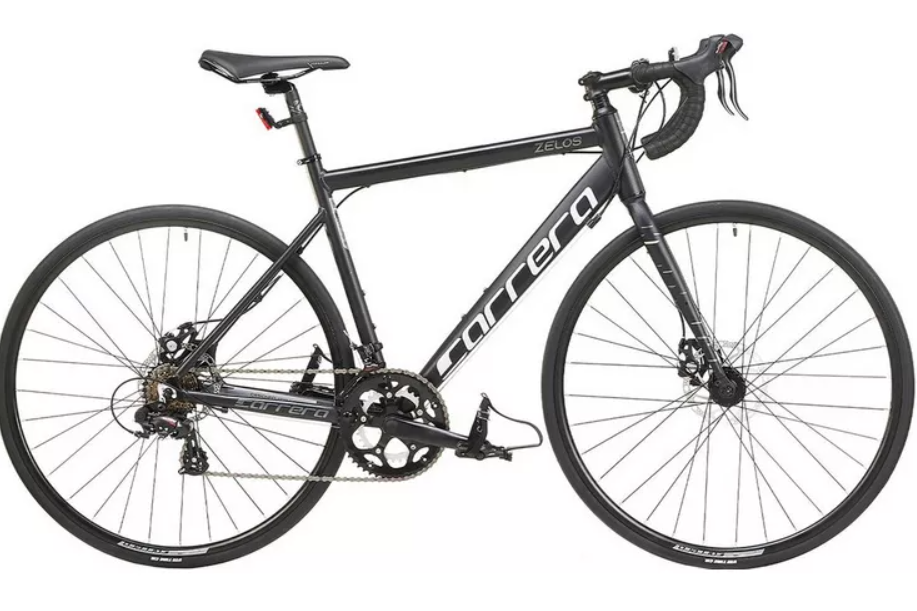
3 to 5 tanks of fuel
At this price point we’re getting into the realm of new bikes, though used is still very much an excellent option here too. British retailer Halfords sells trade-in bikes at £300 and upwards, in both road and mountain bikes.
For utility, we’d avoid suspension, however tempting the extra comfort may be. Suspension forks, particularly low-end ones, are heavy and prone to seizing up. Stick to a rigid and your bike will last longer. You’ll be looking at the Carerra range, and while they’re not going to set the world alight in terms of performance they will be perfectly capable of getting you from A to B. If you can squeeze another ¾ tank out of the hypothetical budget you can stretch to the Boardman SLR 8.6, which features a better frameset and finishing kit. Have a read of our guide on what makes a good beginner road bike if you need some pointers.
For those of you keen to stick to the used market you can pick up some bargains if you’re patient, or even amass parts and build yourself a dream bike on a tight budget.
At the very top end of the budget too is the Tern Link B7, a folding bike that might just allow you to switch up your commute entirely by mixing up riding and public transport rather than using the car.
Assuming the car would do 400 miles per tank, five tanks would cover 2000 miles. If you ditch the car and commute 10 miles per day, this will have paid for itself in 200 days, well within the average number of working days in a year, and that's ignoring the extra costs of parking and servicing the car.
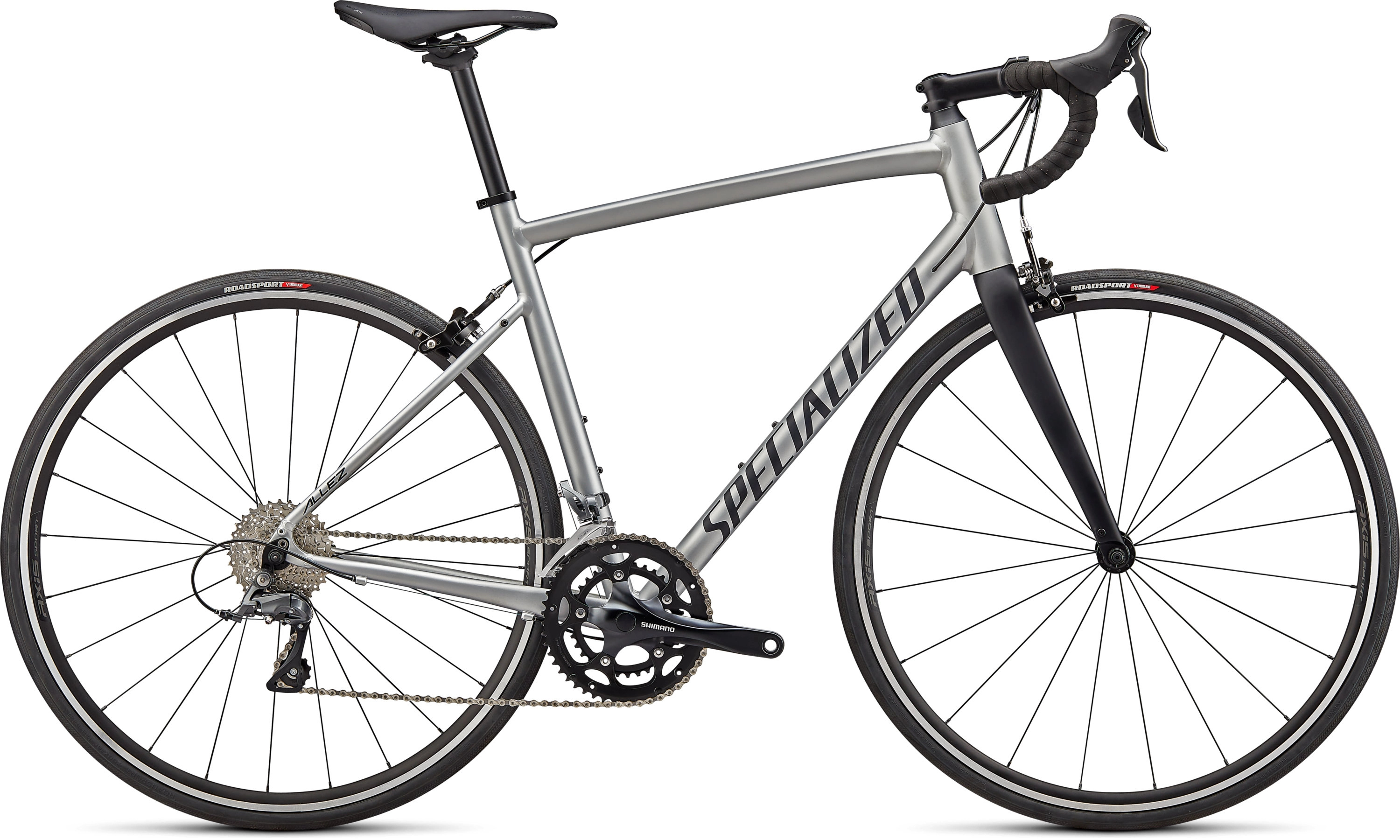
10 tanks of fuel
The £1000 mark is traditionally the mainstay of the best budget road bikes, and any from our list will be an excellent start if you’re looking to get into cycling in a more serious way. Many will have provisions for a pannier rack, and will be more than capable commuters in that regard, though they aren't necessarily designed with such a purpose in mind. I happily commuted for years on my Specialized Allez, so it’s definitely possible and good fun too, especially if you then use it for recreational riding.
The Kona Sutra SE is currently on offer, at around 15 tanks of fuel, and given it’s got a place in our list of the best touring bikes you’ll be able to load it up with far more than a basic road bike could handle, with the gear range to cope too.
Being able to pedal a bike comfortably for hours on end is a privilege many of us take for granted, and for some, the idea of replacing motorised journeys with entirely unassisted ones is a daunting prospect. Once we hit the £1,000 price point we begin to be able to consider electric bikes too, which can open up riding and car replacement miles to many more riders. Be sure to check our list of the best cheap electric bikes if this sounds interesting to you.
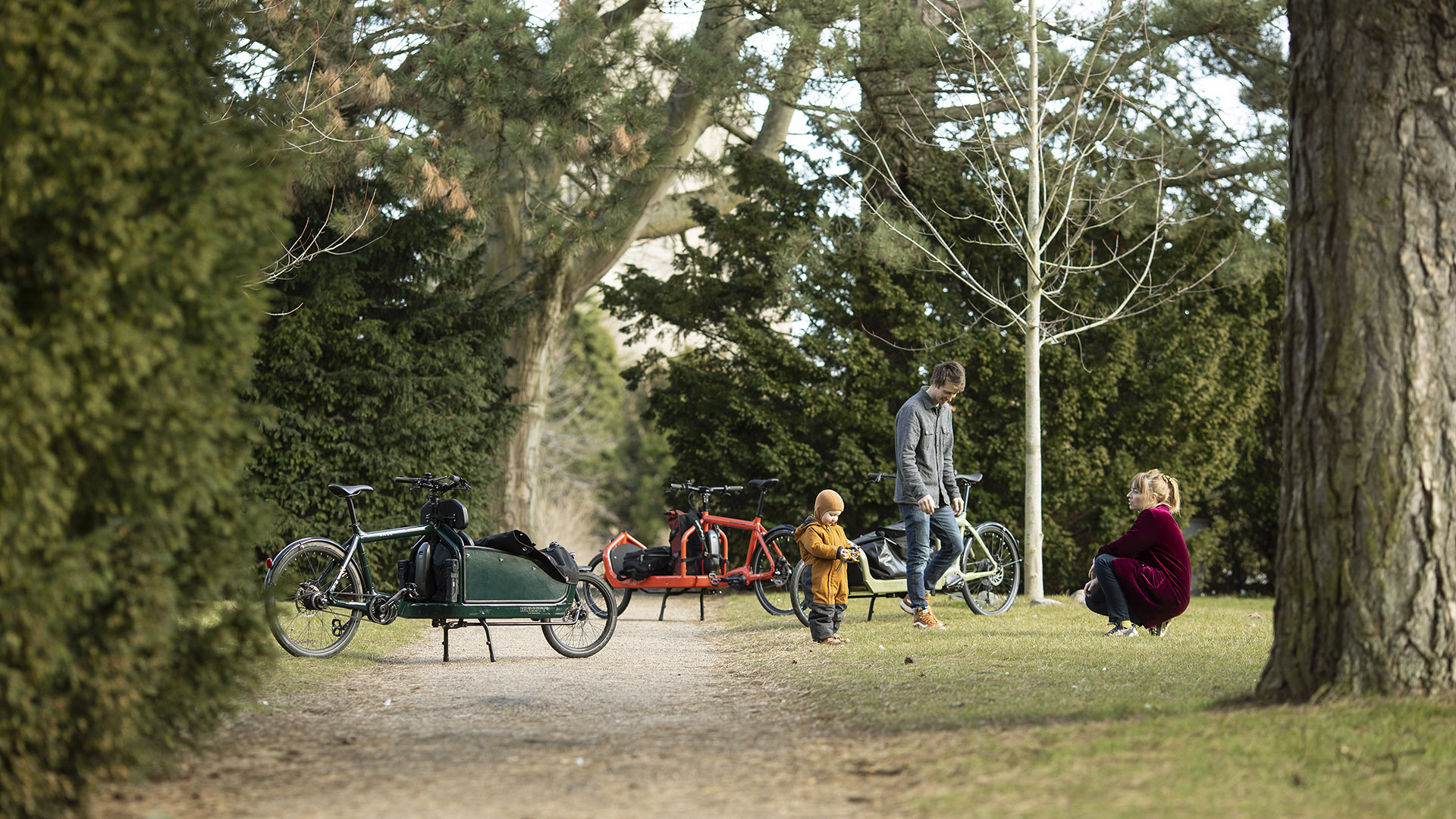
20 tanks of fuel
For £2,000 and above you can get yourself a pretty serious road bike, but in reality the more you spend on a road bike the less useful it becomes day to day. Yes, you can commute on a carbon frame with carbon wheels, but do you want to lock it up at the office, or carry heavy loads on it? With that in mind, we’re going to continue to think of this in terms of car replacement, but at this point, you can begin to consider not only replacing some car miles with a bike, but all car miles, thanks to the often underappreciated world of cargo bikes. Yes, I mean ditch the car entirely.
A cargo bike, for those unfamiliar, is a bicycle designed to carry some really heavy, bulky stuff. Sofas, beer kegs, your family, or several other bikes. People do sell their cars and get by quite happily with just an appropriate bicycle - have a browse of @truemarmalade on Instagram for inspiration. I’d wager if you can go car-free in Arizona, you can probably do it anywhere.
Not only will you be saving the cost of the fuel, but you’ll also save on the cost of the car itself (you might be able to fund the bike by selling the car too), plus insurance and maintenance costs. According to Kwik-Fit, the average UK household spend around £1,200 just on car maintenance annually, and while bikes aren’t maintenance-free there is no way you’re going to be spending that much on the upkeep of even the most well-used steed.
Omnium, for example, makes five models of various sizes starting at under £2,000, including electric versions too to help you with heavy cargo. They all feature a large front tray, as does the Danish ‘Bullitt’ from Larry vs Harry for a similar price point.
If the school run is more your thing and you’d rather have the kids behind you rather than out front then the Big Dummy longtail cargo bike from utilitarian brand Surly could be the answer, which can take anything from giant crates to two kids in the specially designed ‘Kid Corral’ rack.
In most of the developed world urban development has been designed with only the car in mind, and so swapping the car for a bike, whether it’s just for a two-mile trip to the shops or for every single journey, can be daunting. It is though one of the best ways to get better provision for cyclists; the more of us that ride instead of drive, the less traffic there will be, your journeys will be faster and more enjoyable, and you’ll save money too.

Will joined the Cyclingnews team as a reviews writer in 2022, having previously written for Cyclist, BikeRadar and Advntr. He’s tried his hand at most cycling disciplines, from the standard mix of road, gravel, and mountain bike, to the more unusual like bike polo and tracklocross. He’s made his own bike frames, covered tech news from the biggest races on the planet, and published countless premium galleries thanks to his excellent photographic eye. Also, given he doesn’t ever ride indoors he’s become a real expert on foul-weather riding gear. His collection of bikes is a real smorgasbord, with everything from vintage-style steel tourers through to superlight flat bar hill climb machines.